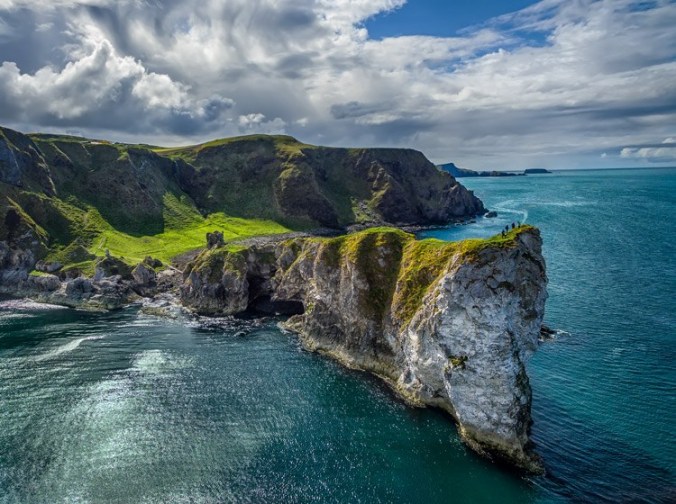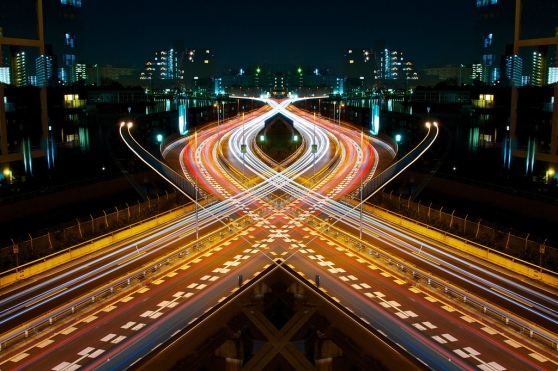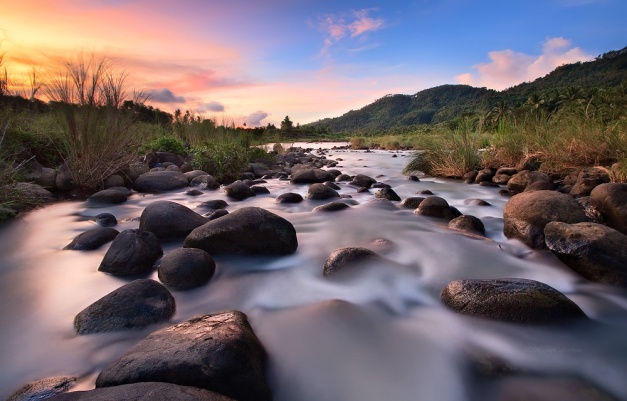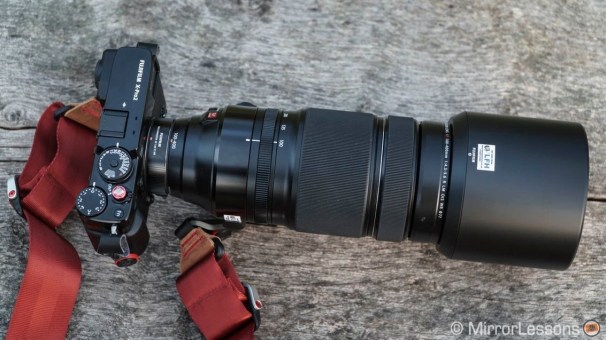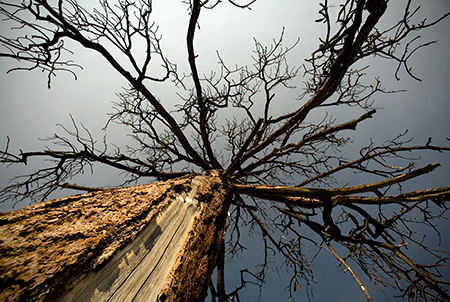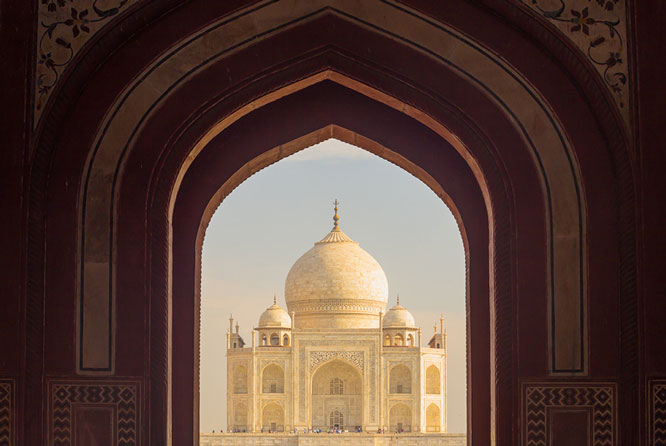Product photography uses specific techniques to showcase products attractively and entice potential buyers to purchase a product.

Image source: lerablog.org
If you’re looking to put up an online store. Here are photography tips to make attractive product photos without breaking your bank.
Get the right photography equipment
Fortunately, consumer DSLR cameras are getting cheaper every year, so if you’re planning to get tons of product photos, it’s best to invest in a good digital camera. But, if that isn’t in your budget, a smartphone with a good camera can do the trick. Apps like VCSOCam and Snapseed can help you make some pretty cool photos.
Perfect your lighting setup
The quality of your lighting setup is as important as the quality of your camera. Start by figuring out what kind of background and lighting you will use for a specific product. The way you would set up lighting for a wine bottle would be different than what you would set up for a pair of sneakers.

Image source : bigcommerce.com
You don’t have to spend too much on lighting equipment if you can have a set for $50 or less. Sites like Pinterest can help you set up your DIY studio.
My name’s Jack Elway. I’m a retired photographer from Denver taking pictures of national parks. Visit my blog for more photography tips.
